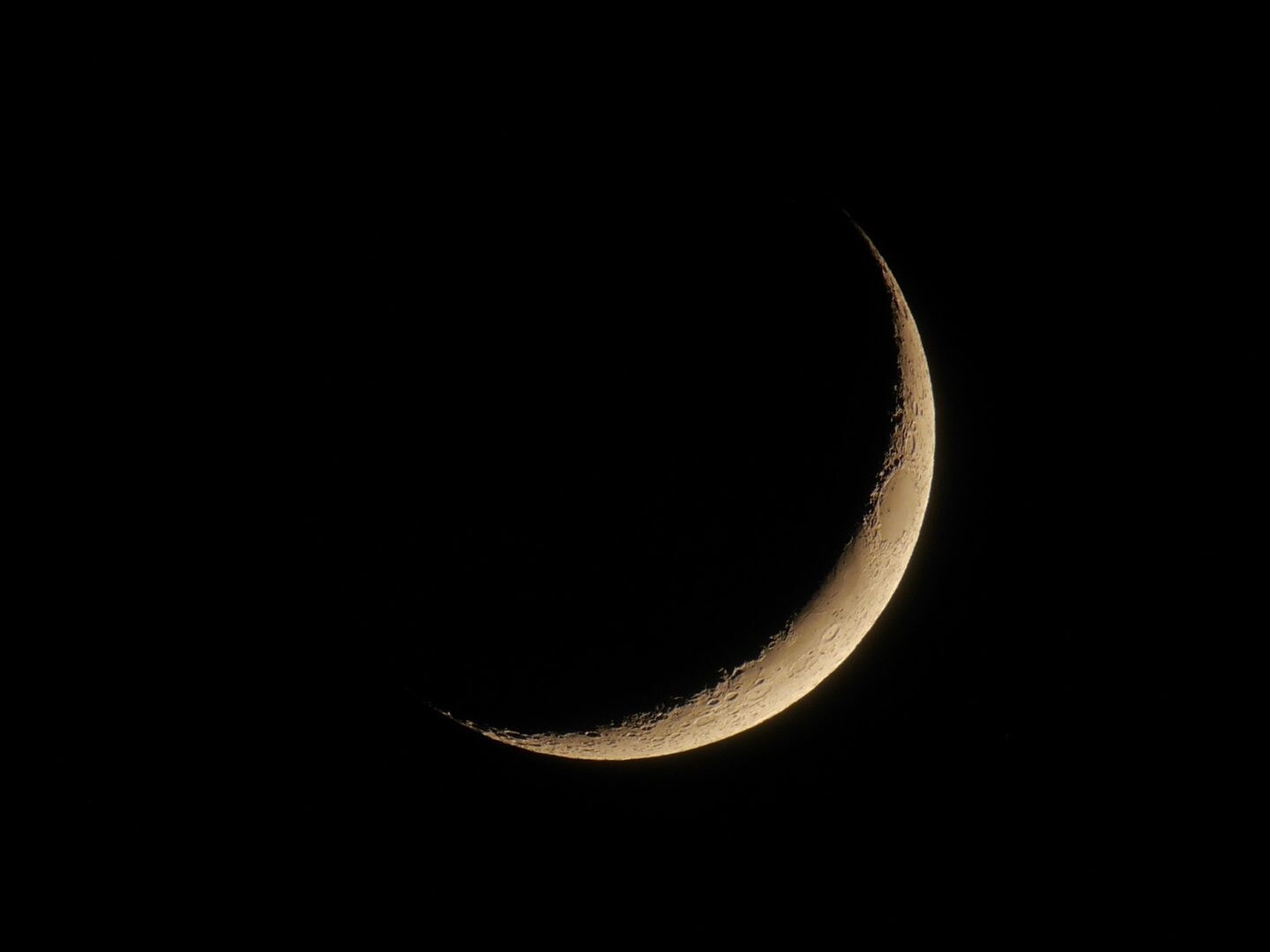On Monday, August 21, 2017, millions of people across the U.S. will get a chance to see the first total solar eclipse in nearly 100 years. And, given the rarity of the event, it’s sure to be a memorable one for stargazers everywhere. So, why not make it a family affair and involve even the littlest members of your tribe for one of space’s most exciting experiences!
No matter your child’s age, we’ve compiled a list of everything you need to know in order to make the solar eclipse a fun learning experience for the whole family.
What Is a Total Solar Eclipse?
According to NASA, a total solar eclipse is when “the moon passes between the sun and Earth and blocks all or part of the sun for up to about three hours, from beginning to end, as viewed from a given location.”
This happens because the diameter of the sun is 400 times larger than the diameter of the moon. The sun is located roughly 400 times further from the Earth than the moon. So, when the moon passes between the sun and our planet, it covers the sun almost entirely — which creates a solar eclipse!
(A quick history tidbit: This is the first total solar eclipse in the U.S. since 1918!)
To help your kids better understand just how it works, try out this simple and affordable paper plate craft from JDaniel4’s Mom. (If you don’t have paper plates, try coffee filters or cut circles from construction paper.)
Preparing for the Total Solar Eclipse

Protect Those Little Eyes
Now that your kids have a basic understanding of what a solar eclipse is, it’s time to get them ready for the solar show.
For starters, NASA recommends picking up a pair of protective eyewear to safeguard your vision when viewing the eclipse. These special viewing glasses can be found at stores like Home Depot, Lowe’s, Walmart, and other retailers nationwide.
NOTE: Amazon recently recalled some of their solar eclipse viewing glasses, so it’s important to ensure that the viewing glasses you select meet The American Astronomical Society’s recommended safety requirements.
Enjoy a Couple Eclipse-Themed Eats
Once you’ve secured your protective eyewear, it’s time to eat! We’ve rounded up a couple out-of-this-world solar snacks for your little ones to make (and munch on).
- This fruity solar system from Me & B Make Tea is the perfect way to familiarize your child with our solar system, all while filling their bellies with nutritious fruit and (moon) cheese.
- If you’re still hungry, check out To Be A Kid Again where you can learn to make moon toast! It’s an educational treat to help your child learn about the different phases of the moon.
Get Hands-On With Some Far-Out Activities
Now that you’ve got a few tasty snacks lined up, it’s time to think about some kid-friendly entertainment ideas leading up to the solar eclipse.
It seems like almost every kid is into slime these days, so why not try making this far-out galaxy slime, courtesy of the Kids Activity Blog. The best part about it is that it only requires five ingredients!
Another option is for children to make their own sun, Earth, and moon model from paper plates. Head on over to Easy Preschool Craft for instructions.
How to Watch the Total Solar Eclipse

Are your little ones excited yet? Now comes the fun part: Actually catching a glimpse of this galactic phenomenon!
Keep in mind that your view of the event will depend on where you are. Those in the path of totality, a 70-mile wide stretch that will span from coast to coast, will be able to see a total solar eclipse. The eclipse is expected to start in Lincoln Beach, OR, at 9:05 a.m. PST, and will progressively move from west to east for the next 90 minutes and end in Charleston, SC, at 2:48 p.m. EST.
The following states are included in the path of totality: Oregon, Idaho, Wyoming, Montana, Nebraska, Iowa, Kansas, Missouri, Illinois, Kentucky, Tennessee, Georgia, North Carolina, and South Carolina. NASA researchers said the longest blackout period will be in Carbondale, IL, for nearly two minutes and 40 seconds.
If you don’t live in one of those 14 states, chances are your view won’t include a total solar eclipse. BUT, you’ll still be able to see the moon pass over the sun! Head on over to NASA’s interactive map to find out what your view will look like for the 2017 solar eclipse.
Can’t make it outside to watch the awe-inspiring event? Don’t worry. NASA will be live-streaming the event starting at 1 p.m. EST on August 21.
Don’t miss it, or your next chance for a total solar eclipse won’t be until 2024. (And remember: Don’t forget your viewing glasses, snacks, and crafts!)






